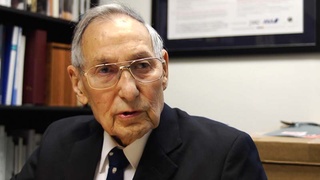Interviews
Different learning style in Japan and the United States
I went to SC (University of South California) evening school to learn English, because I’ve been away for 4, 5 years. In Japan, you never can ask a question. But when I went to SC, the teachers say, “Any questions? Any questions?” and I had so many questions that I could ask. I thought, “Oh this is America”. I was so happy that I could ask questions and be close to the teacher.
But in Japan, it’s different. Very different. You have to learn by watching and they said…it’s bad, but they said, “You have to toru”. “Toru” means “steal,” you know, toru. But that’s how you learn. And so the teacher…you do one thing today but the next day, he does different. And you have to know what different he did. And so sometime his make-up is different. So we have to say, “You’re make-up was different” and that’s why we have to write down in the paper what was different from yesterday.
So we have to be very…and then when practicing, we have to know what the other party…7…you have to know what they’re doing over there. You can’t just learn your part. You have to know the whole what’s going on. So I have to know what you’re thinking. I have to know what he’s thinking. I have to know…that’s kokoro no kukan. “Through the air, you have to feel it.” So that’s what I learned so that when I was in the camp, I could pour my feelings to the audience. And then the response that I get I think is just wonderful. That’s what I think I learned in Japan.
Date: November 30, 2004
Location: California, US
Interviewer: Nancy Araki and John Esaki
Contributed by: Watase Media Arts Center, Japanese American National Museum
Explore More Videos
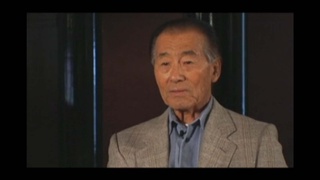
Loyalty questionnaire
(1916-2010) draft resister, helped form the Heart Mountain Fair Play Committee

Speaking out in camp
(1916-2010) draft resister, helped form the Heart Mountain Fair Play Committee
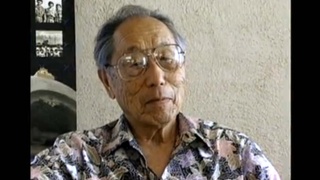
Resisting transfer from Jerome
(1919 - 2006) World War II and Korean War veteran

Would do the same again
(1916-2010) draft resister, helped form the Heart Mountain Fair Play Committee

A visit to Jerome after OCS
(1919 - 2006) World War II and Korean War veteran
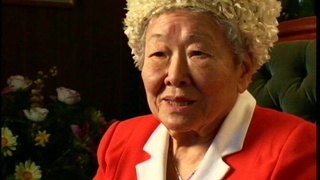
Traumatic experiences before camp
(1913-2013) Doctor specializing in obstetrics in Southern California

“Everybody went in like sheep”
(1913-2013) Doctor specializing in obstetrics in Southern California
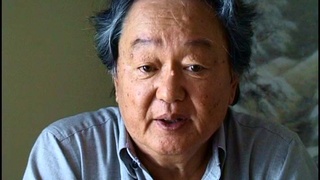
Going to camp with the Terminal Island people
(1927-2010) Political Activist


Interned at age fifteen, I saw camp as an adventure
(1927-2010) Political Activist
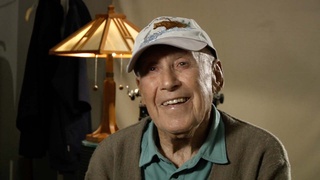
Reception of Hamako by family
(1916 - 2013) Member of the U.S. Military Intelligence Service
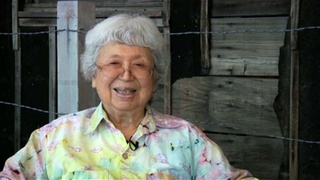
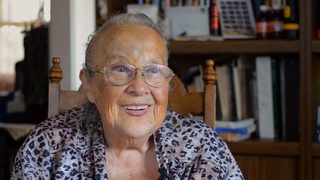
Memories of Poston
(b. 1930) Half Japanese and grew up in both Japan and the United States.

Arriving at Poston
(b. 1930) Half Japanese and grew up in both Japan and the United States.
